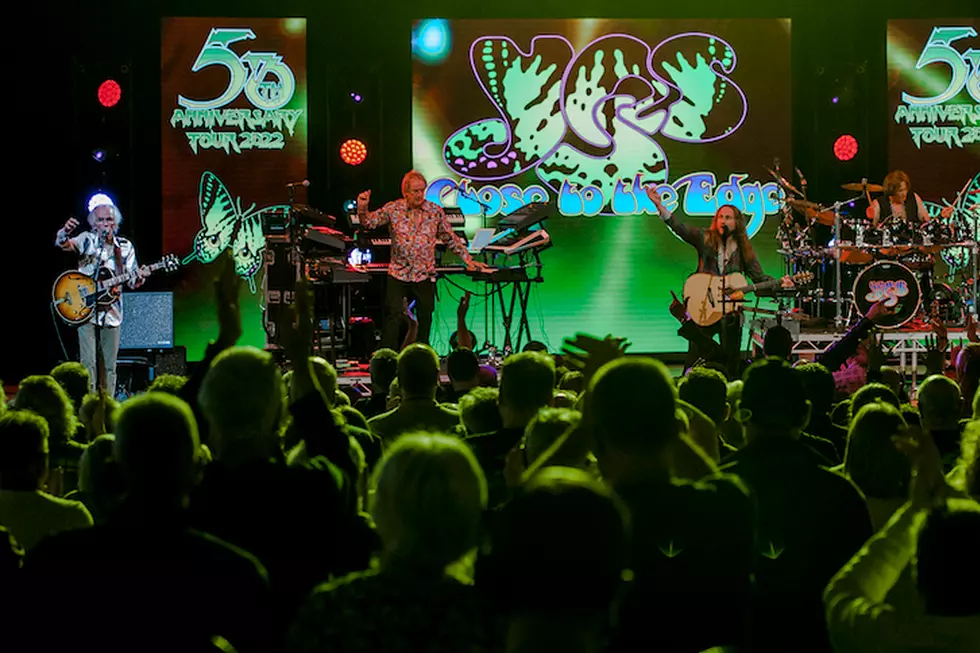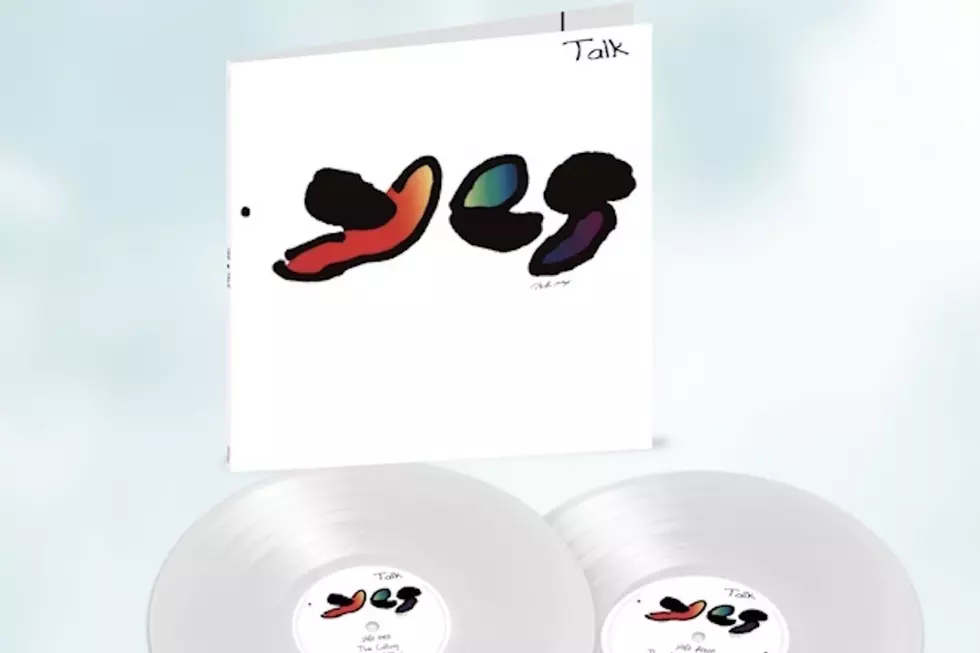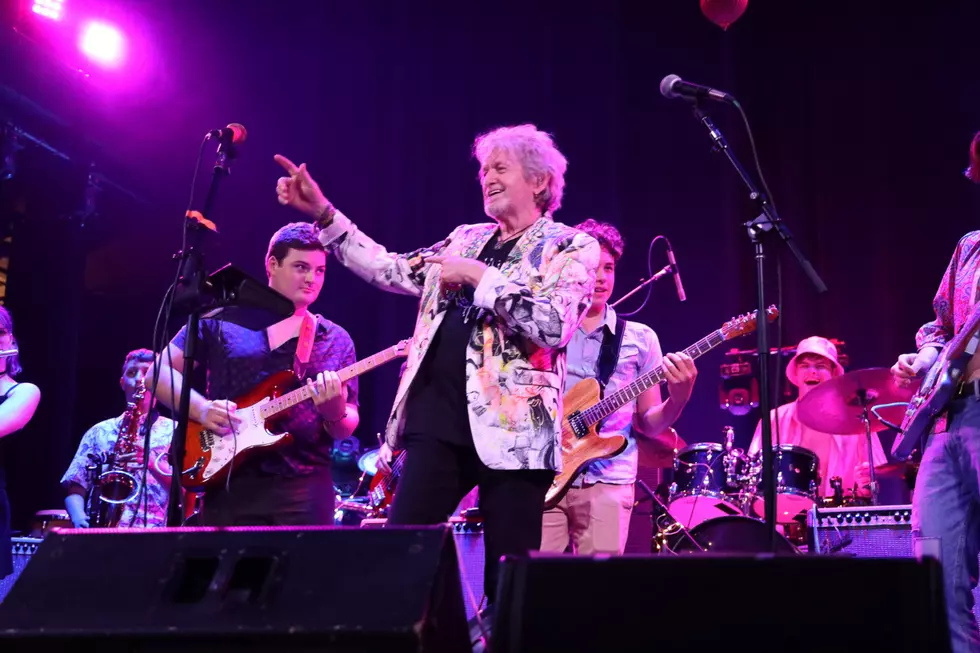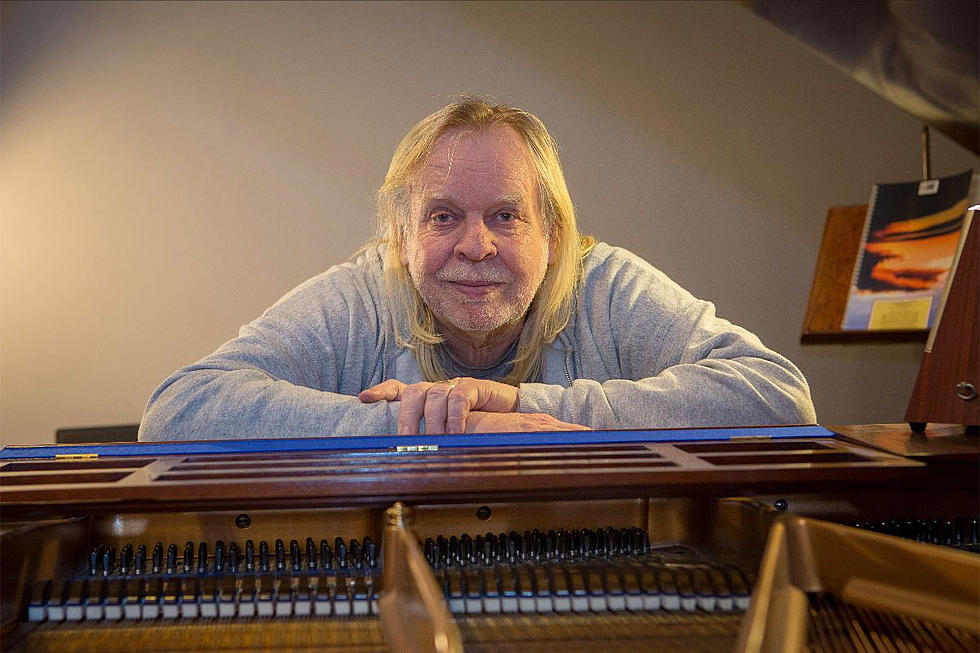
Why Yes Is Finally Playing ‘Close to the Edge’ Correctly
Members of Yes have always been known for playing things with precision. So it's not surprising to learn that they're constantly finding new ways to improve what they do.
But in the case of their mammoth "Close to the Edge" suite, there's a section that has nagged guitarist Steve Howe for decades. While he allows during a conversation with UCR that it's something that most fans might not even notice, he was still happy to be able to correct it.
That's one of the things that fans can look forward to during the band's current tour, which finds Yes paying tribute to the 50th anniversary of the album by performing it in full.
Howe recently spoke with UCR via Zoom to share some memories and stories from the period.
One of the things that's legendary about the original Close to the Edge period is how Alan White joined the band and had a matter of days to learn the set.
The four of us – Chris [Squire], Rick [Wakeman], Jon [Anderson] and I – we kind of dragged him through it. [Laughs.] We were like, “Okay, this is what we do. So, you’ve just got to get with it.” It wasn’t like we were waiting for him to know it so well that we could play it. I guess that was the only assistance we could give him, was a lot of commitment that we knew how to play this. Well, in a way, we didn’t – because we hadn’t played "Close to the Edge" on stage before. We played it in the rehearsal room and then we played it at Advision Studios. So in fact, we were under a certain pressure, but we had begun to get used to finishing an album and going out and playing it because that music was comparatively fresh and it was in the front of our minds. Sure, we had to rehearse it, but Alan was thrown in the deep end. I guess that’s what earned him the seat for the next 37 years. I mean, he came in at a moment’s notice and played some really hairy stuff, with lots to remember. He did a great job.
At first, we just dragged him through it. We kept up momentum so that he had us to follow but soon enough, he was grasping the whole thing and becoming an equal contributor to the arrangements and the sound of the band – you know, whether it was up, down, slow or fast, because there was so little technology then that everything was done in a strange sort of reference point of naive musical potential. But because you had to play it, you just had to have your fuzz, wah, delay, your amp and a couple of guitars – and you had to kind of throw yourself at it. Fortunately, Yes launched so rapidly in America, we hardly knew what going around the clubs was – you know, because it took off very rapidly. We were doing our own shows, I think, even at the end of the second tour, because we did get a lovely reaction. That enabled us to think about stage shows quite differently.
Watch Yes Perform 'Close to the Edge' in 1972
Do you think it made things difficult for the band that you didn't spend more time in the clubs?
Oh, no, no. You know, we had already found a level of success in Europe that we wanted to duplicate in America. People had said, “Well, you’re going to have to work a few years to open up America.” We said, “Sure, okay, we’ll do that,” but we were joyfully gifted kind of an easy platform – partly because we opened for Jethro Tull on the first tour. The people who saw Tull saw us and they were like, “Who are these guys? Are they crazy?” By the time we went back with Fragile, we insisted that Atlantic pull their finger out, which is kind of what we said to them. They did and edited “Roundabout,” which got us airplay and all of that kind of thing. Basically, it was a remarkable ascension.
Putting yourself in the shoes of those fans, when you look back at what Yes did now with Close to the Edge, do you find yourself wondering, "Were those guys crazy?"
Oh, yeah – particularly when we got to rehearse for the U.K. dates. I said to the guys, “You’ll be surprised when you listen to the Close to the Edge album – even though we played it a few years ago – how fast some of the things are. Let’s try and keep that pulse going through this music.” One of the things I want to mouth off about is that we’ve really got a wonderful surprise that maybe nobody will notice. For the first time ever, we play the end of “Close to the Edge” in the right key. Now, for 50 years, we’ve taken quite a radical key change right at the very pinnacle of “Close to the Edge.” We drop the whole end-song section by a whole tone. I always thought it sounded lousy, but I got used to it. I said to the guys, “Please, this time, let’s not do that.” There was a bit of shock and Jon Davison said, “How am I going to do that?” I said, “Well, I’ve got an idea. I know my harmony really well there.”
The good thing about my low harmony is that it keeps going up. So it gives you the impression that we’re not actually avoiding this high note that’s coming. So what happens is that we kind of dovetail between Billy [Sherwood], Jon and I. Because I’m going up, this is going up and somebody pops down. We can play it in various keys, but basically, the key that is different is the key change that Yes made, which used to take us to F Minor, when the record never went to that – it went to G Minor. I’m so delighted and it sounds wonderful when we sing that part, the three of us. It just sounds fantastic. I don’t know what it is, but it’s the verve or the energy that’s come out of doing it right, once and for all. To think that for 50 years it’s been [incorrect]. I hope people notice. They don’t have to really notice. In fact, I don’t know if anybody noticed in the U.K. and Japan, but I think with me talking about it, it might bring it to some people’s attention. They might go, “Well, actually, Steve’s right. That is pretty good!” It’s not [a big change]; it’s just that it’s right! [Laughs.] It’s how we wrote it originally and it’s a joy to get back to that.
What else sticks out to you, playing this album in full?
“And You and I” is a classic number to play. You can never play that in a dismissive way. You know, it’s a commitment number and it’s got lots of emotion. We close the set with “Siberian Khatru” and we’ve given that a nice amount of preparation too, so some nice things happen in that. The album is a classic. It’s never been difficult for Yes to play Close to the Edge, but I think it’s been difficult to play it really, really well and have it really polished so that it is a wonderful album experience. I think we’ve got it somewhere really nice now.
Listen to Steve Wilson's Remix of 'And You and I'
Top 50 Progressive Rock Albums
A Look Back at Rock’s Forgotten Supergroups
More From Ultimate Classic Rock









